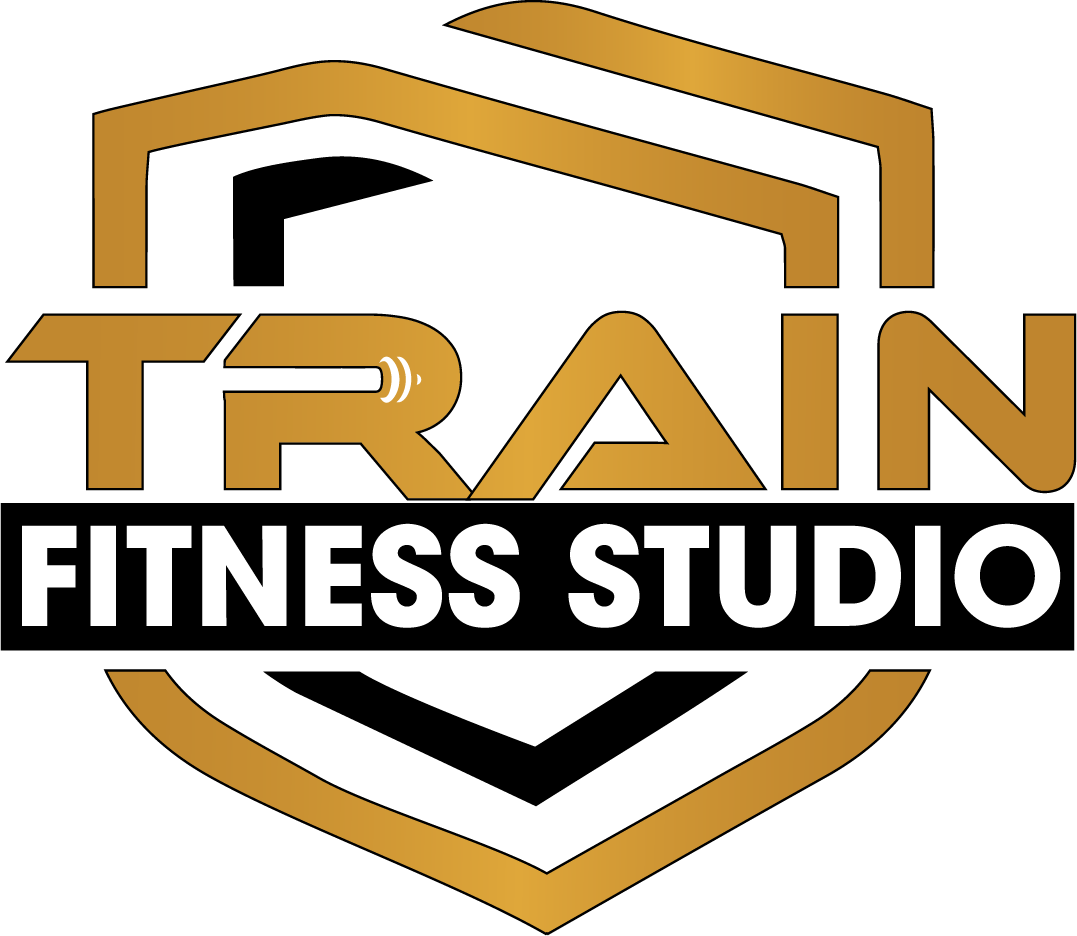The Best Nutrition Teacher
The Master Teacher
A few weeks ago I wrote about my colleague Megan's amazing results using a Continuous Glucose monitor (CGM). She leaned out, improved athletic performance (WON her most recent race) and improved her sleep, anxiety & recovery. She went from great to greater.
Naturally I had to experiment myself.
It has taught me more about nutrition in 4 days than I've learned in 20 years.
The best 1 on 1 Training Studio. And if ya don't know now ya know.
Eat slowly and earn your carbs
A Continuous Glucose Monitor measures my blood glucose in real time. It provides the data and makes suggestions on how to regulate your blood glucose.
I am a Precision Nutrition certified Coach. I read the text book, watched scores of videos, passed the tests and even bought the cookbook.
I read that one should earn their carbs; I read that one should eat slowly; I understood the theory; and now, thanks to my CGM I understand, empirically, why this advice is valuable.
My first Glucose Spike
First day. I apply the monitor. I wait an hour before eating. I screw up syncing the monitor to my phone. I wait another hour. I am starving.
My first blood glucose reading is around 111. That is healthy, but it is higher than the Ultrahuman app wants (Ultrahuman wants it bw 70 and 110mg/dl). I eat some oatmeal (recipe from the Precision Nutrition cookbook) and my blood sugar spikes to 145 in an instant. When blood sugar spikes, too much glucose is sent to cells too quickly, which can overwhelm the mitochondria that turn glucose into energy. Done repeatedly this can lead to a host of medical problems from the inconvenient (frequent urination) to the scary (diabetes).
Carbs are readily available energy. They are quickly broken down into glycogen and released into the bloodstream. Oatmeal has plenty of carbs. This is where some people would opt to cut out carbs altogether, but I know that carbs should make up 50-60% of your diet.
It’s a catch 22: I need carbs, but they’re causing an unwanted spike in my blood glucose.
I go on the app to learn how I can safely eat them.
A few days go by.
Carbs are more readily absorbed after a workout (hence earn your carbs). I run/walk for about 40 minutes one morning. Upon finishing I eat more oatmeal.
No spike.
According to Precision Nutrition “Dense carb foods are best consumed during and after exercise, for up to about 3 hours.” Seems that my workout primed my body to process carbohydrates, hence no spike in my blood sugar.
Lesson learned. Before I was merely parroting the text book back to clients. Now I feel it/see it in real time. The monitor is teaching me how my body responds to food, and for some reason this drives home nutritional lessons more than my fancy book learnin’. But that’s not all I learn.
I learn that portion sizes decrease the length and severity of the glucose spikes.
I learn that walking briskly after meals tamps down the glucose spike.
I learn that eating slowly (left handed) allows my body time to process the food and avoid a glucose spike.
I learn, firsthand, why these small bits of advice matter; and how simple, small changes add up over time.
I Learn the difference bw book learning and experience is the “difference bw the lightning bug and the lightning.”
